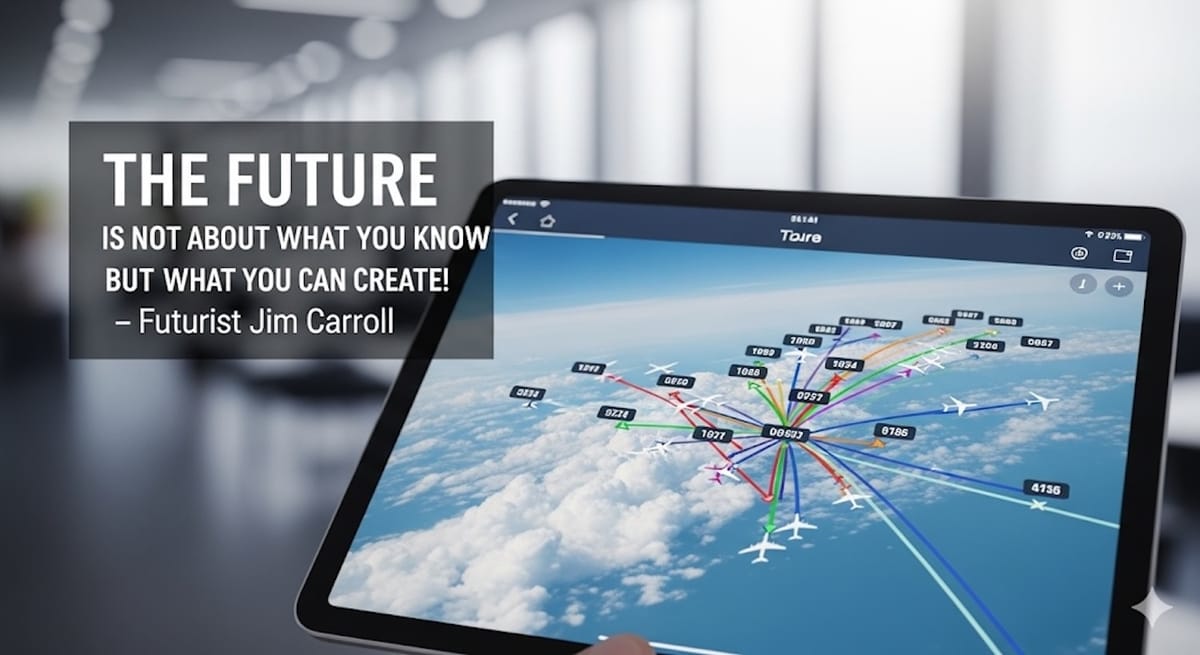"The future is not about what you know but what you can create!" - Futurist Jim Carroll
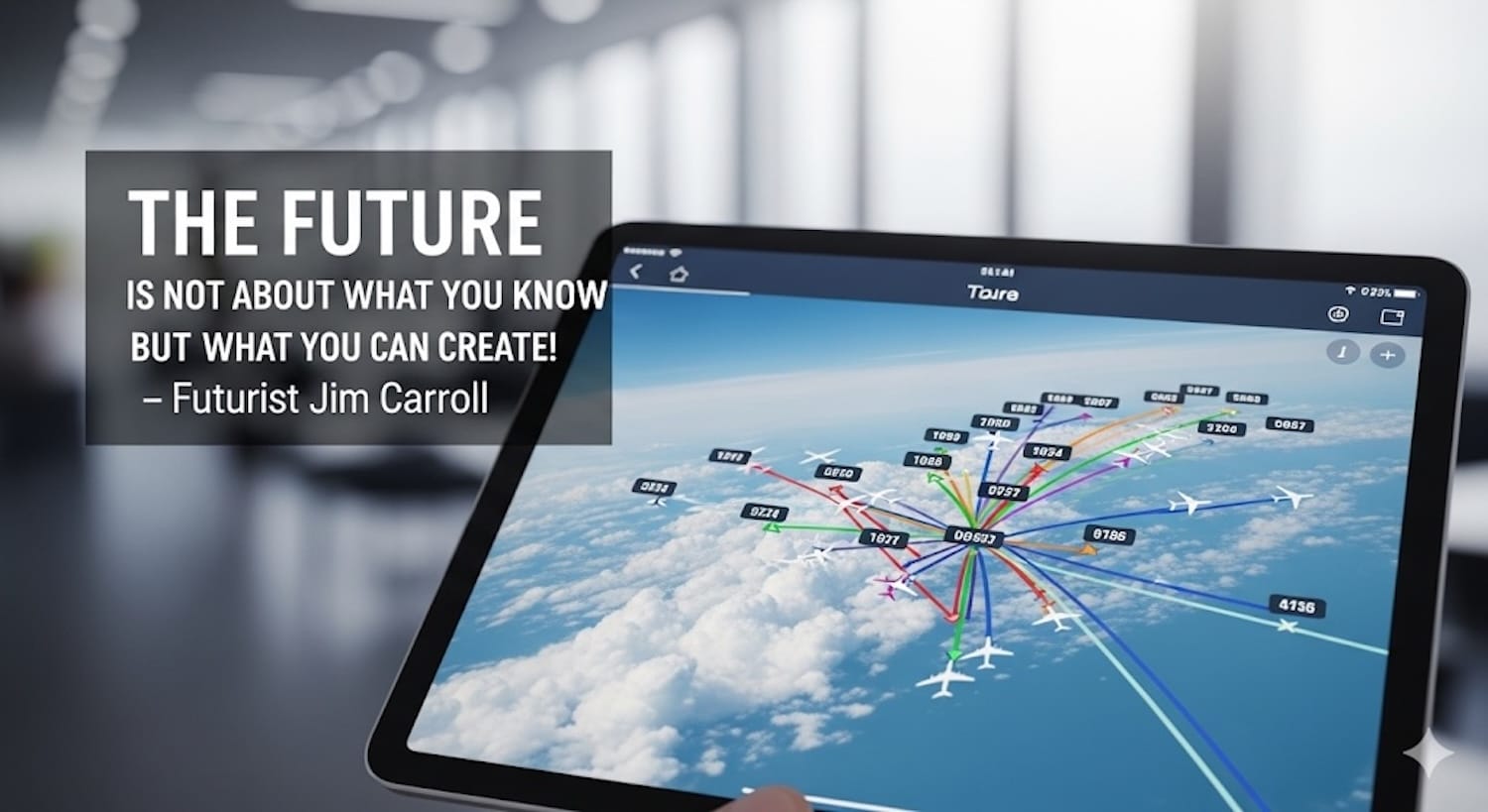
I've become quite the Python programmer.
I know nothing about Python
This is both the conundrum and the wonderful possibility of the AI age.
As I type this out on the deck at 526am, there's a large jet lumbering overhead, a few thousand feet above. I know at this moment that it's a big old MD11 for UPS, flying a load of cargo from Louisville to Toronto. It's exactly 7,200 feet overhead, moving southeast. It is precisely this type of concise but useless information that I share with my wife that she finds crazy. She is unimpressed.
But this is one of the promises of the AI age. Yesterday, I wrote about how I was using AI to manage all the technical support around this complicated home office and home. Today, a short overview of how I can master a complex computer programming language without ever knowing much about the program.
Some cards on the table first - I do have some pretty intense coding skills. But I was weaned on COBOL, grew into Basic, and eventually made my way into other programming languages. But over time, my interest lessened, my skills weakened, and my abilities stagnated. Enter AI. If you spend any time online, you will be hearing about the idea of 'vibe coding' - that's the idea where you are using it to help you write, structure. fix and test code. I've certainly been doing a lot of that - and this little project is a great example.
For a long time, in my home, I've been running an ADS-B receiver on a Raspberry PI - that's a little $35 computer that can be used for a wide number of small projects. The little antennae on the device pull in all the details on the various flights that pass over or around my home; each plane sends out an ADS-B signal with height, speed, callsign, tail number, and more. The raw data looks like this:

But the folks at FlightAware, FlightRadar, Planespotters, and other apps you might use to track flights or find arrival and departure information have developed programs that let you turn this raw data into magical maps. My Raspberry Pi, for example, takes the data above and turns it into this image, accessible via my Web browser. The same data is uploaded continuously to all those flight services - with tens of thousands of people participating in this hobby, that's how this live flight tracking app you might use on your iPhone or iPad came to be.
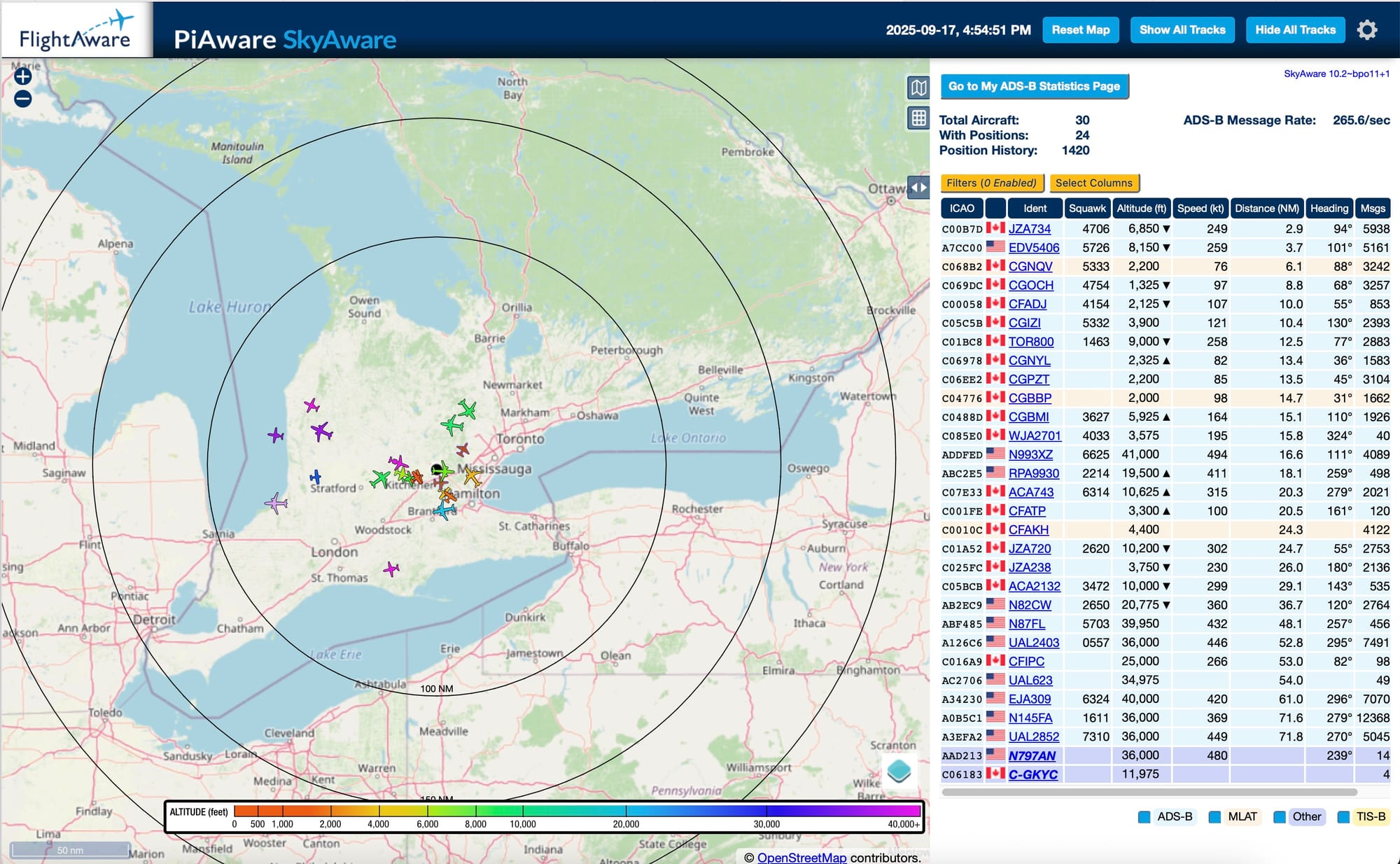
It's a fun little hobby that tens of thousands of people around the world participate in - having their own 'feeder' stations grab this ADS-B information, feeding it to tracking services.
Onwards. One day, I saw someone post about the FlightWall - a display that someone could place over a window in their apartment or home, to know exactly what plane was just outside the window.

Intrigued, I decided to explore the idea and learned they were using the same ADS-B data I was pulling in.
That being the case, I decided to build my own. I got another little Raspberry PI - this one with a touch screen. And over a matter of weeks, I worked with Google Gemini to have it grab the raw ADS-B data from my third Pi, process it, and grab some more details on each plane (such as the origin and destination) from various online sources. I've now got a tiny little 3.5" screen next to me that shows me exactly what's going on outside the porch just to my left. My wife remains unimpressed.
That being the case, here's a little bit of what's moving as I type at 547AM. The overnight red-eye from Los Angeles to Toronto is overhead at 39,000 feet. There's a 767-300 a bit closer - but my system can't yet figure out who it is.
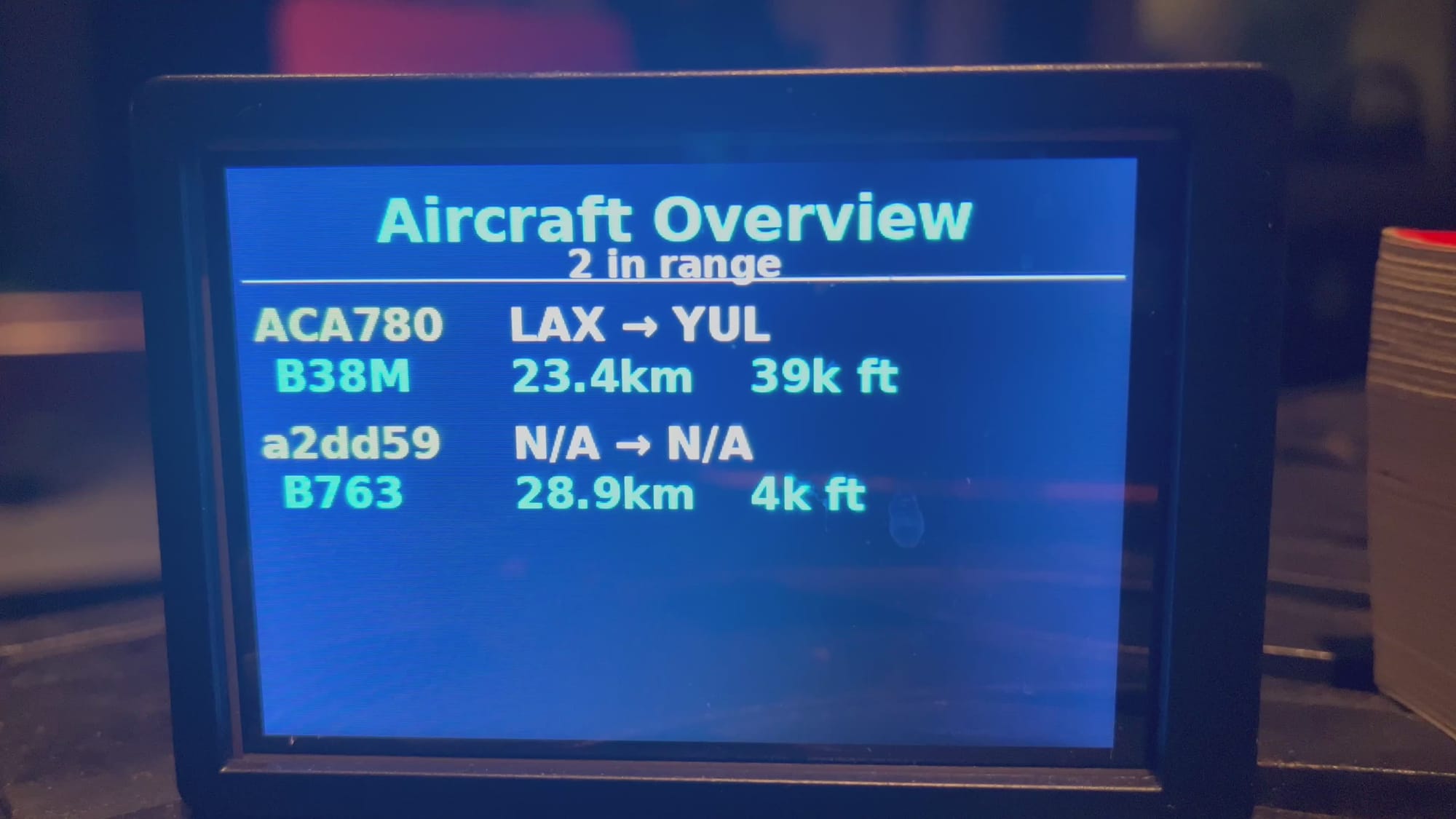
There are two flights up above 25,000 feet - as yet unidentified. (It will get more information in a minute or two, when it comes closer. Some flight details are hidden - if Taylor Swift's jet went overhead, my system would see it but wouldn't be able to identify it!
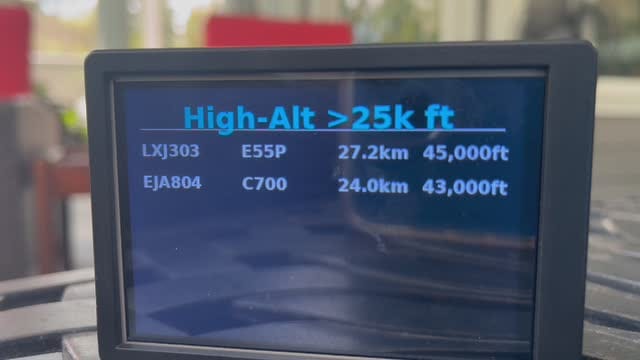
And moments later, my screen flashes, alerting me I'm about to see a WestJet 737 entering my view.
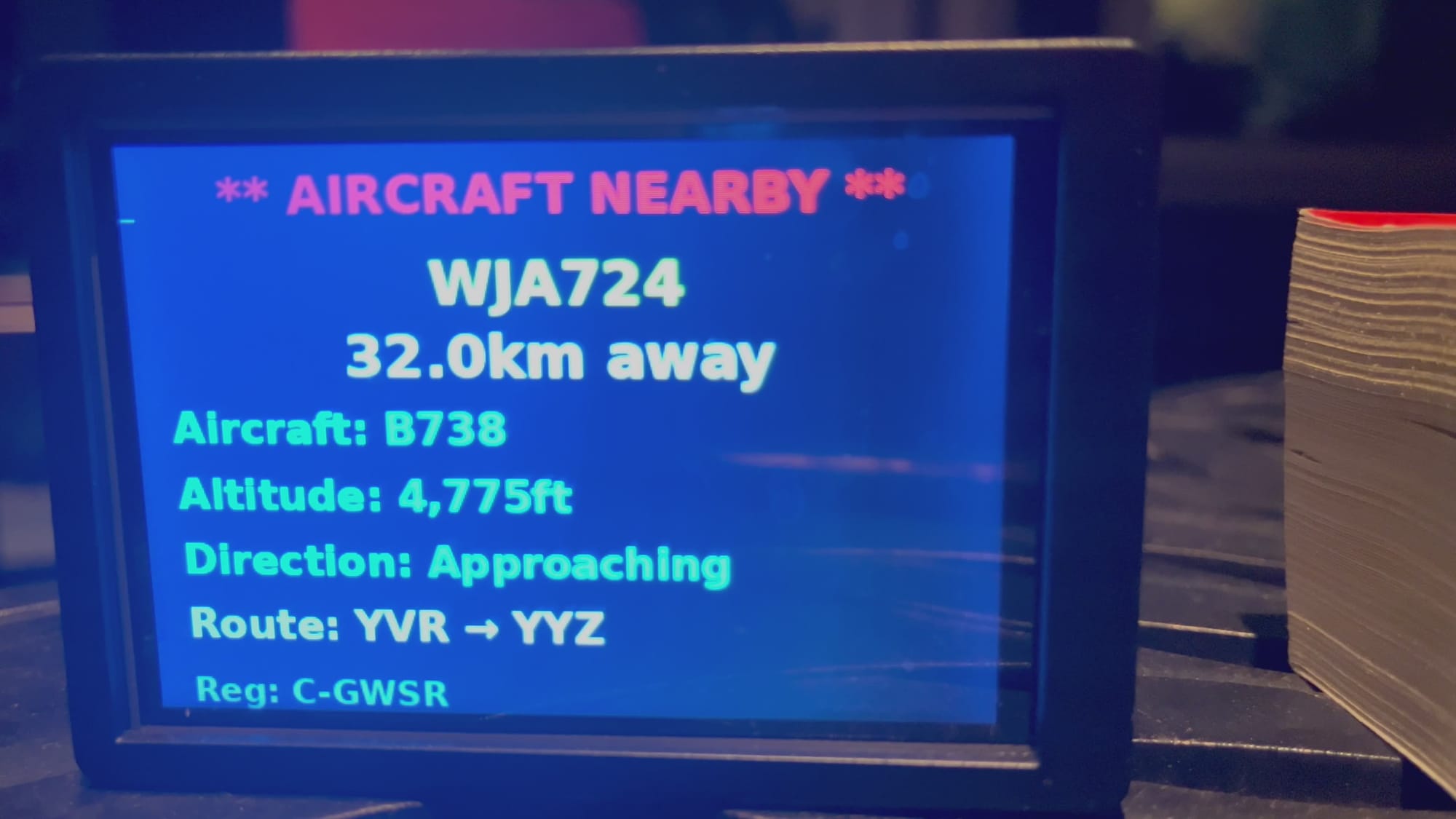
I might also keep my eye out for an Air Canada flight getting closer.
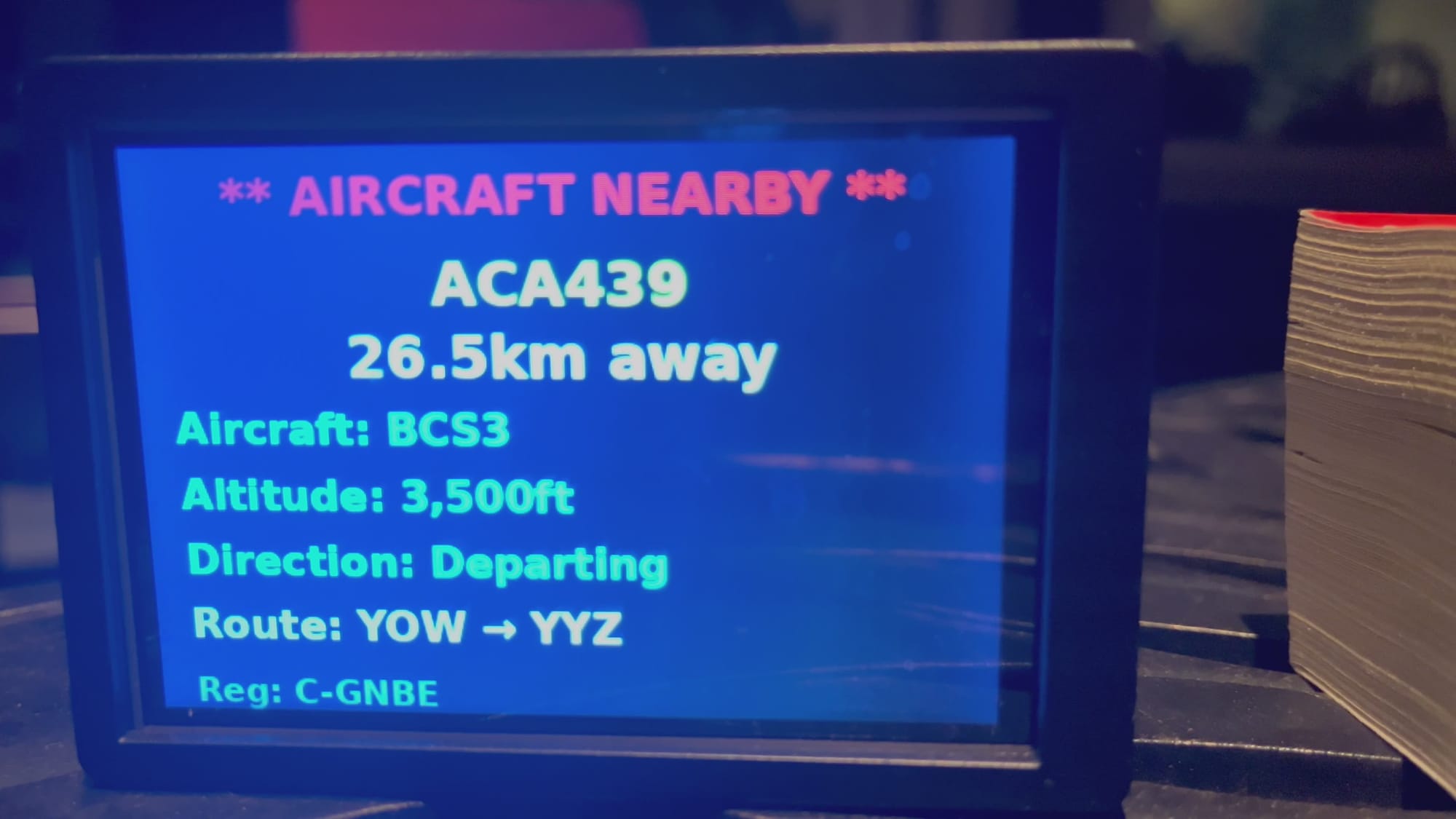
All in all, some wonderfully useless information!
What's the point of all this? It's all running on a remarkably complex bit of Python code - and I know nothing about how to write such code. But with AI as a partner, I've developed a new and powerful skill - and in fact, have dozens of little work and hobby projects involving Python.
In other words, I am no longer limited by what I know - and am unlimited but what I am willing to create with newfound skills I never knew I had. And that seems to be the promise of the AI age - mastery of new skills, development of new knowledge, augmenting what we know with new stuff that we don't know!
Such is the unique nature of the time we live in!
Jim Carroll's wife remains unimpressed with many of his hobby projects and just wishes he would help more around the house with stuff that matters.

